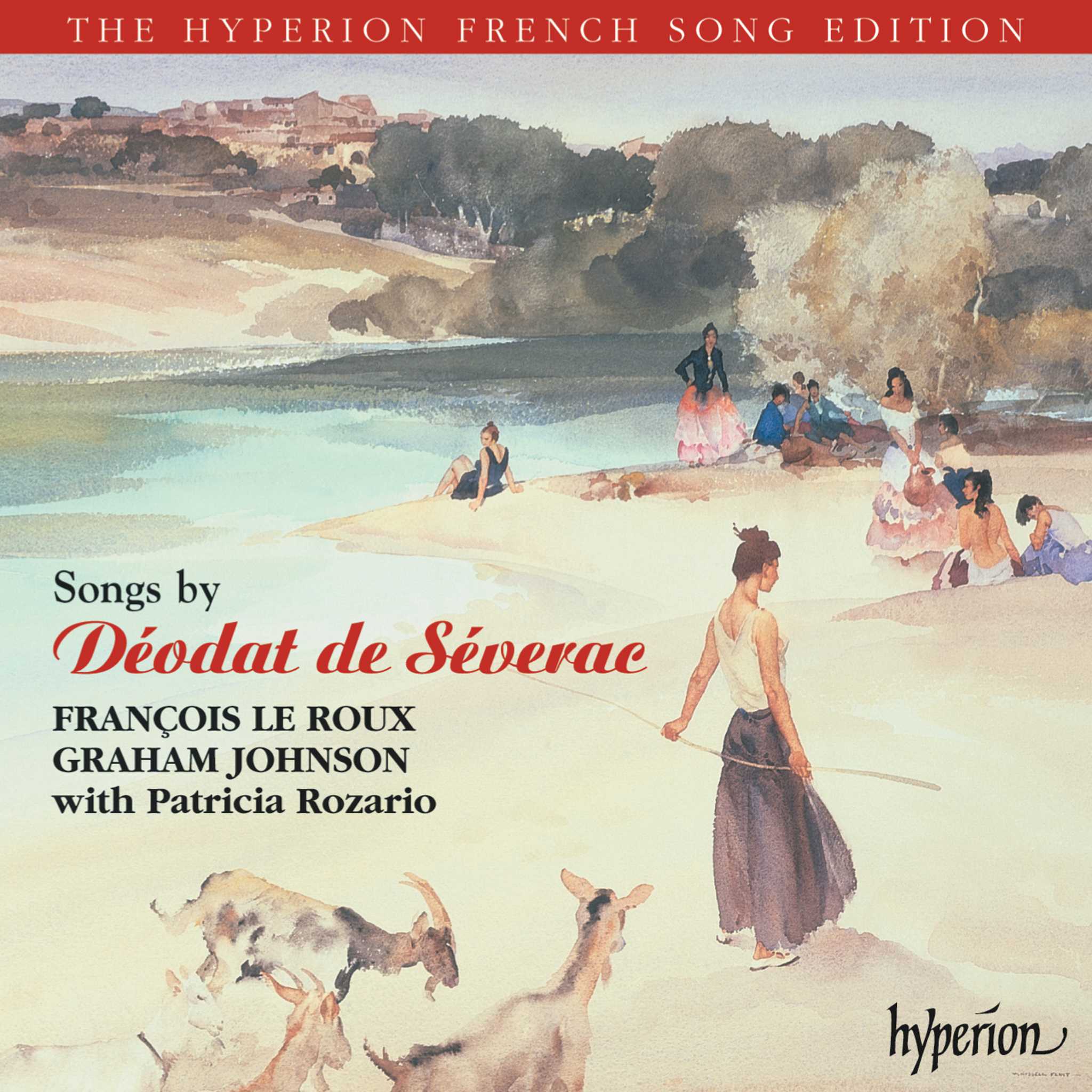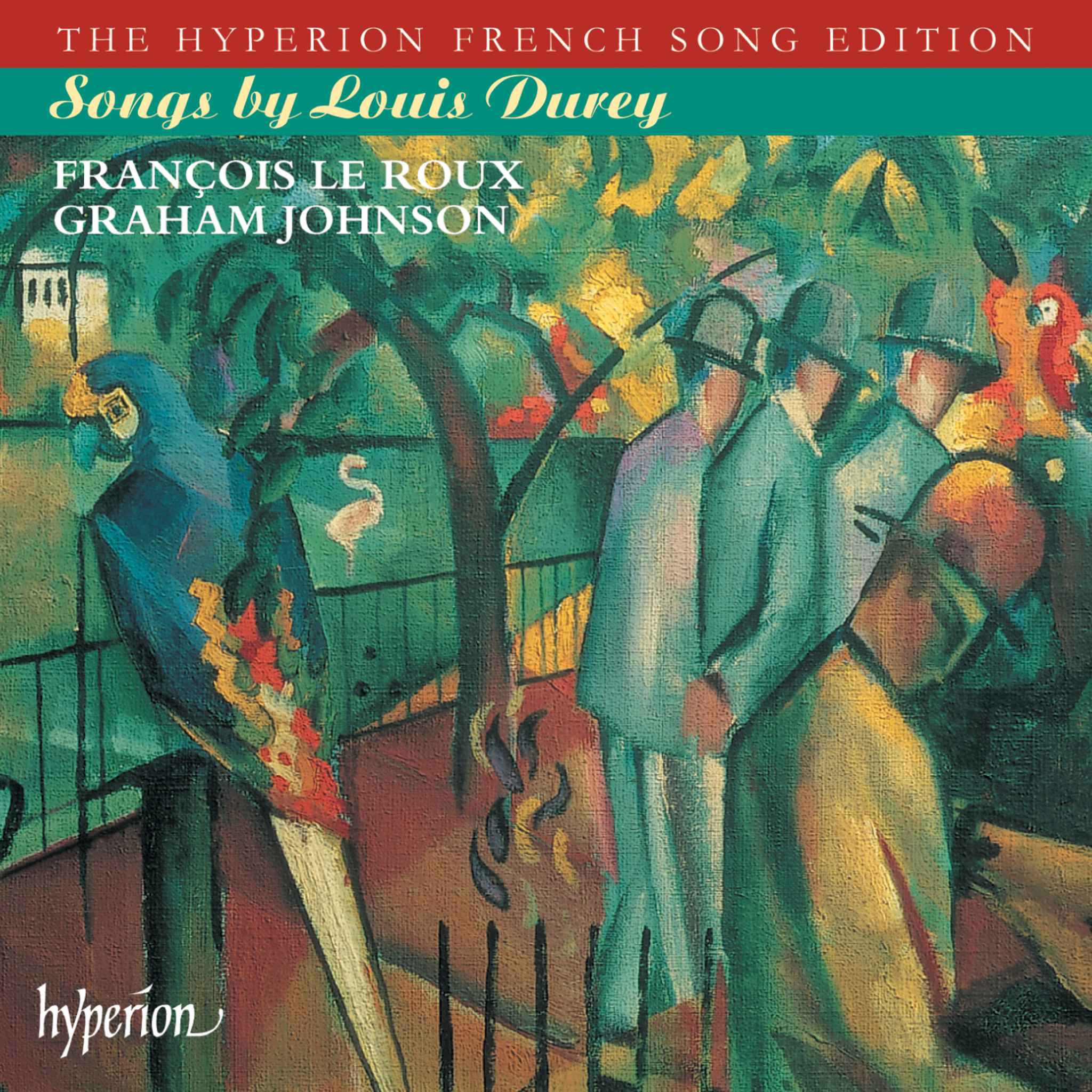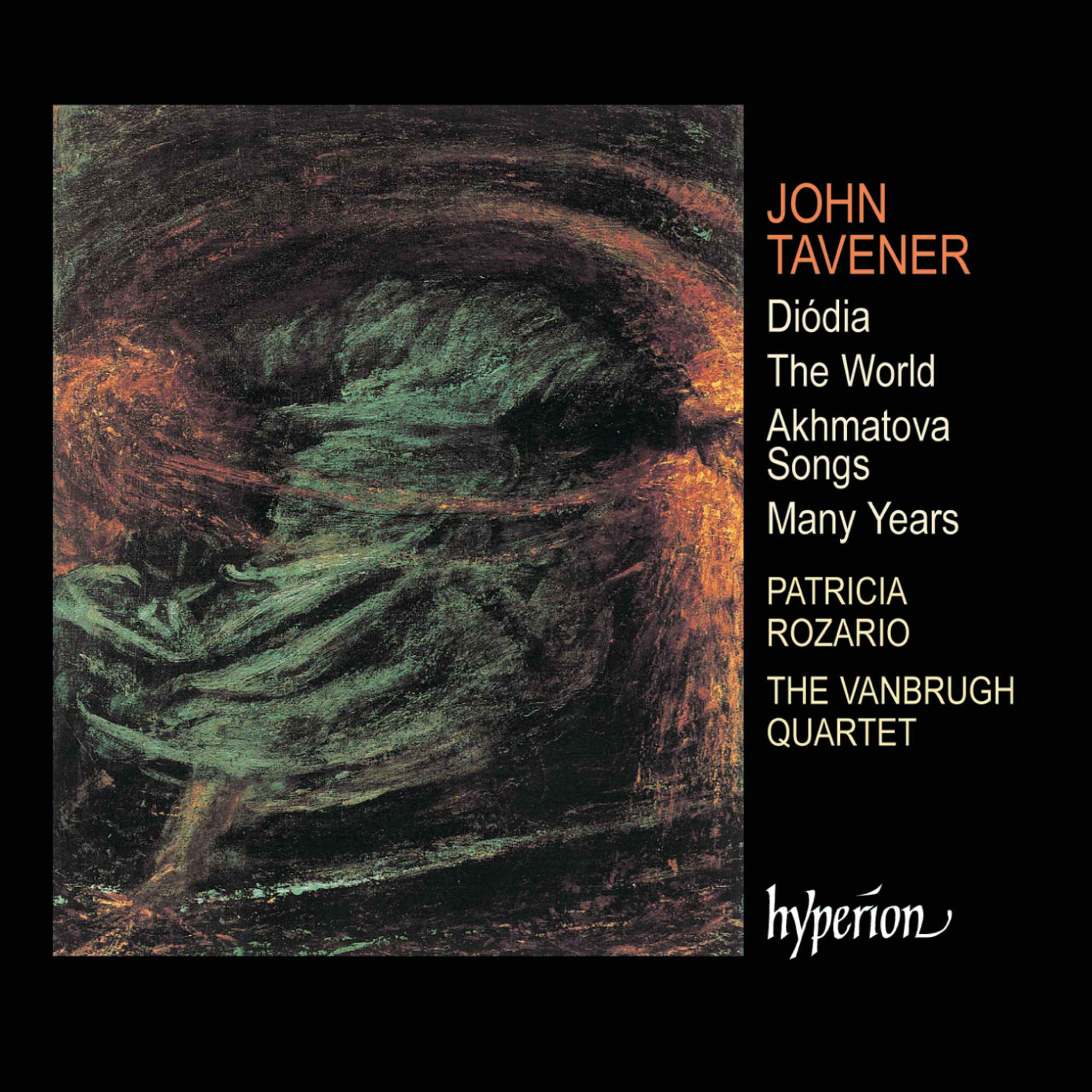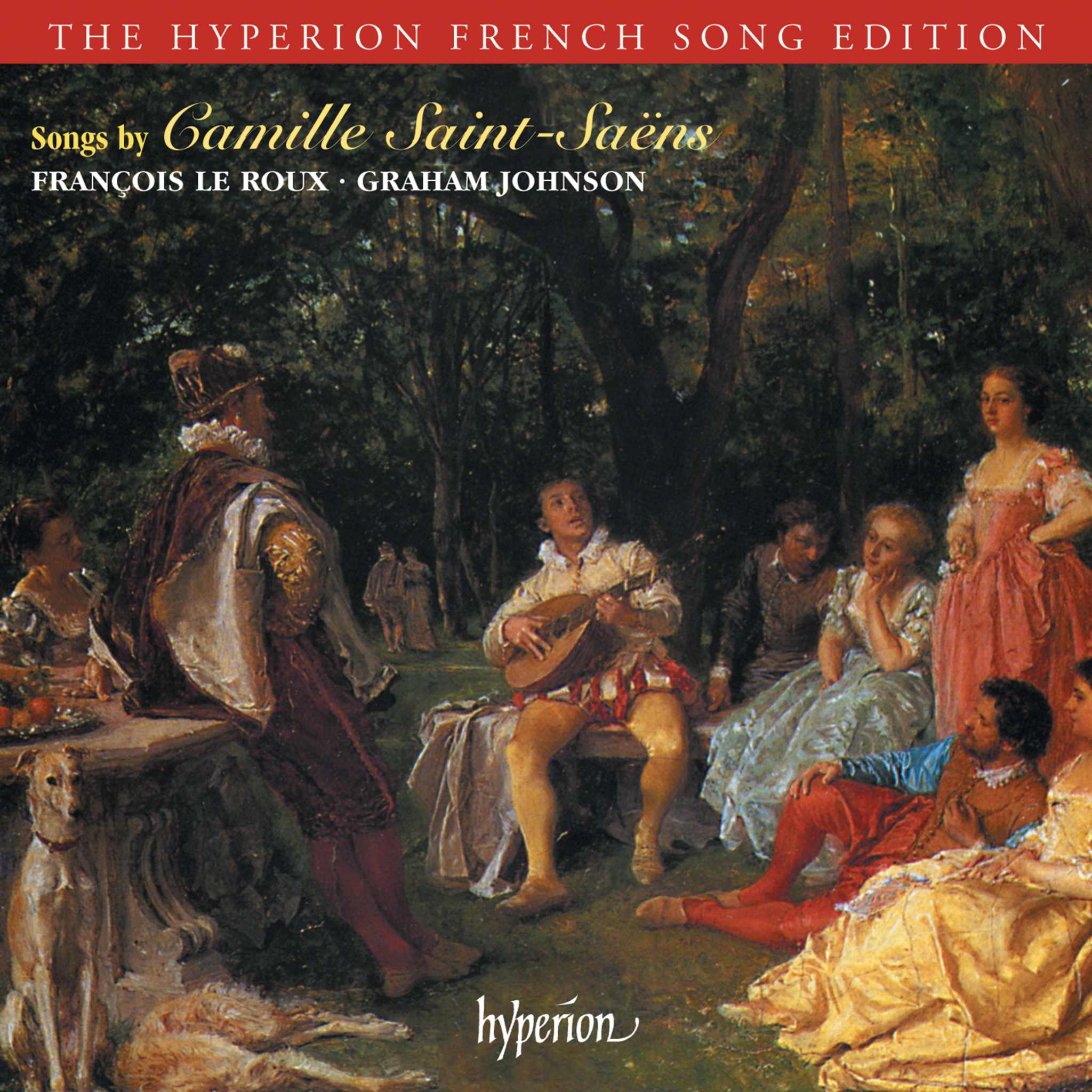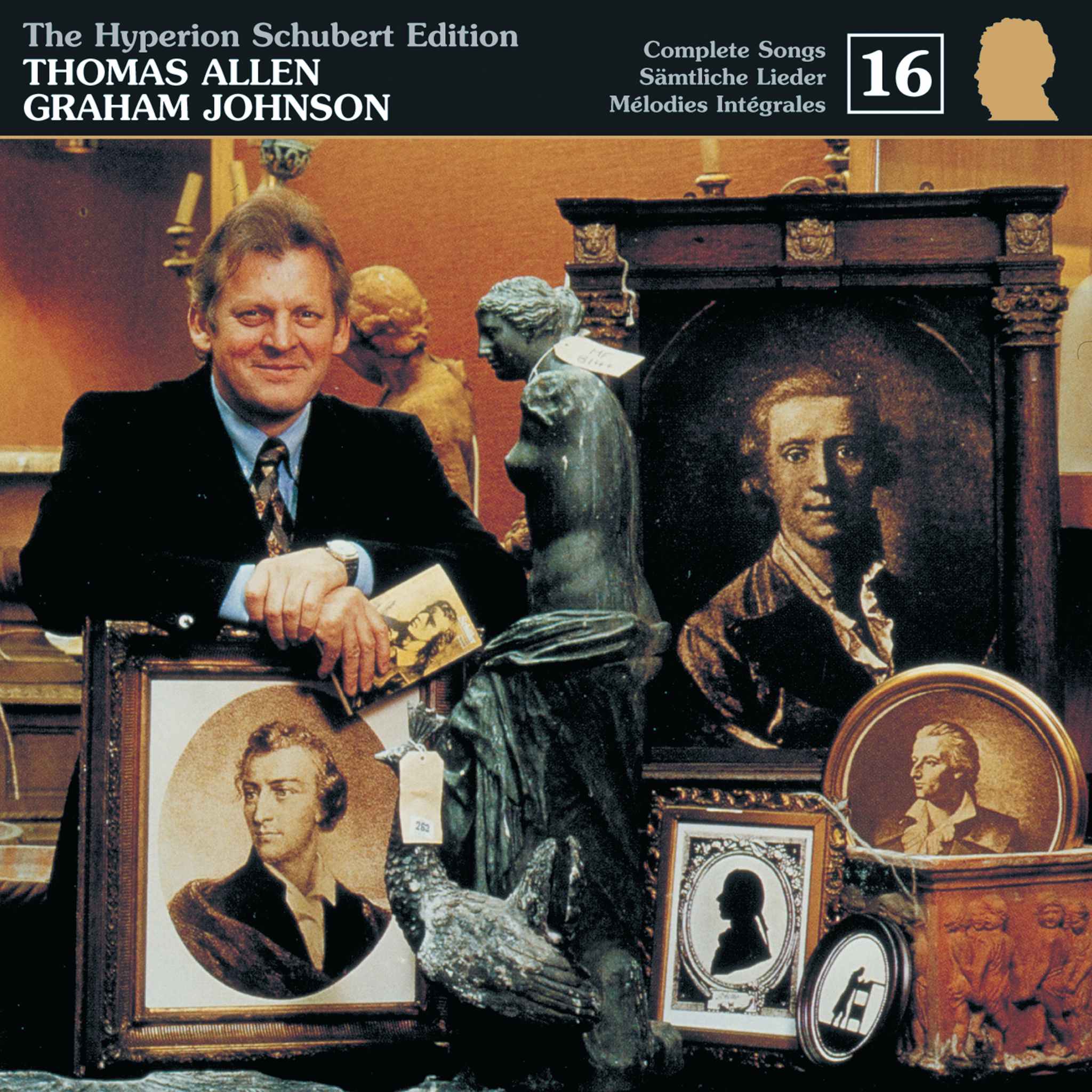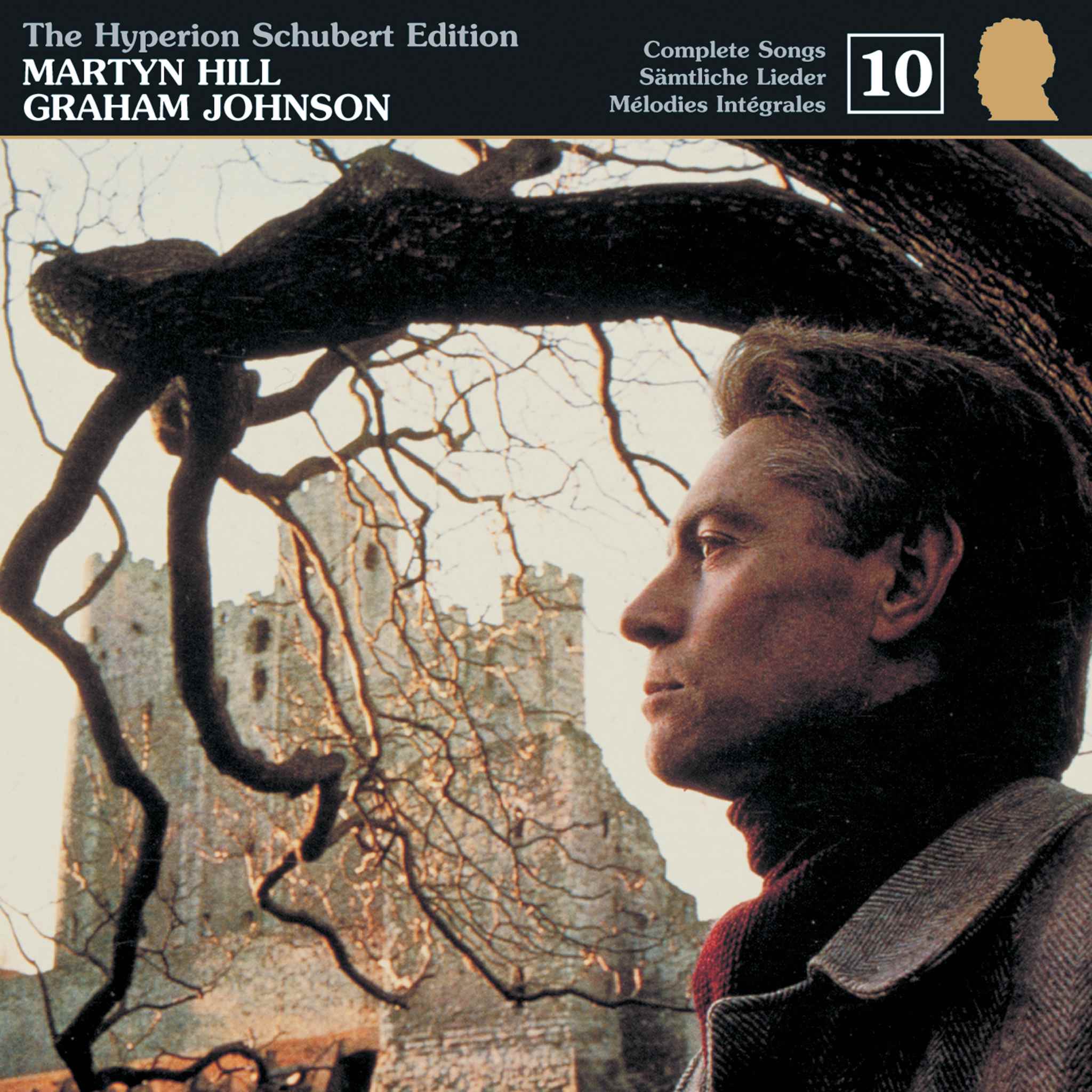Album insights
Antoine de Févin, descendant of minor nobility, cleric, singer, and composer in the service of King Louis XII, is recognized as a pioneer of the Parody Mass genre and one of the most skilled French, if not European, composers of sacred music around 1500. Despite his acclaim during his time, Févin's musical works are largely unknown today, with the exception of his outstanding Requiem.
In addition to the two Mass settings and motets presented here, Févin composed six more Masses and approximately 16 motets. The exact attribution of authorship for some of these works remains uncertain, given his close association with his brother Robert, also a singer and composer at the court. Both brothers were likely born in Arras, with Antoine believed to have been born around 1470. Antoine's exceptional musical talents were evident early in his career, garnering him recognition at the royal court and among his contemporaries. He passed away in early 1512.
Guillaume Crétin, a poet from the early 16th century, penned a verse chronicle of court life, commemorating the recently deceased court singer Jean Braconnier. In a poignant poem, Crétin reflects on the difference between singers and composers, paying tribute to Févin's compositional genius rather than his performance skills.
Josquin's renowned motet, "Ave Maria ... virgo serena," showcases Févin's skill in transforming a brief work into an extended Mass setting, masterfully adapting and expanding upon Josquin's polyphonic structure. Févin's intricate handling of the source material demonstrates his expertise and artistic interpretation.
Edward Clinkscale, responsible for the complete edition of the Févin brothers' works, initially questioned the attribution of "Ascendens Christus in altum" to Févin but later confirmed its inclusion in Févin's oeuvre. This motet reveals a modern touch, marked by a high degree of homophony and expressive composition.
"Févin's music represents a mid-stage in this process: his text setting is not as direct and rhetorically concentrated as that of Lasso, but undeniably expressive in intention and effect."
The Mass "Salve sancta parens" employs an older technique using a plainchant as its foundational material. Févin's paraphrase of the chant within an imitative structure showcases his use of paired imitation and melismatic passages, demonstrating his compositional flair. The structural division of the Mass into various sections, including duets and trios, is a characteristic feature of music from around 1500.
Févin's Missa settings are marked by moments of intensity and expression, such as the climactic points in the Kyrie, Gloria, and Credo sections. The dynamic development within the Sanctus and Agnus Dei sections further accentuates Févin's keen musical sensibilities. The Mass settings culminate in a serene and harmonious conclusion, displaying Févin's masterful ability to convey emotion through his compositions.

